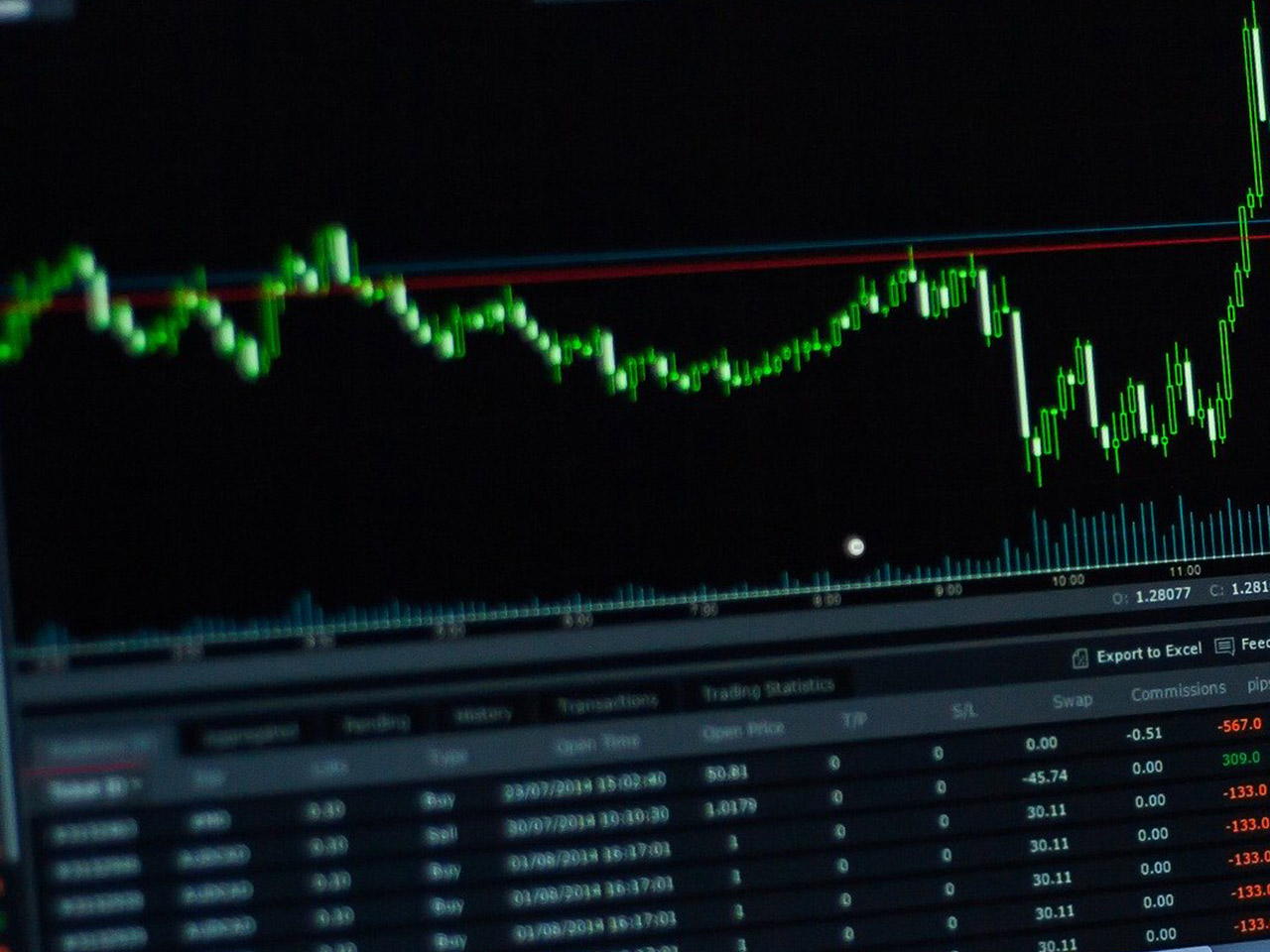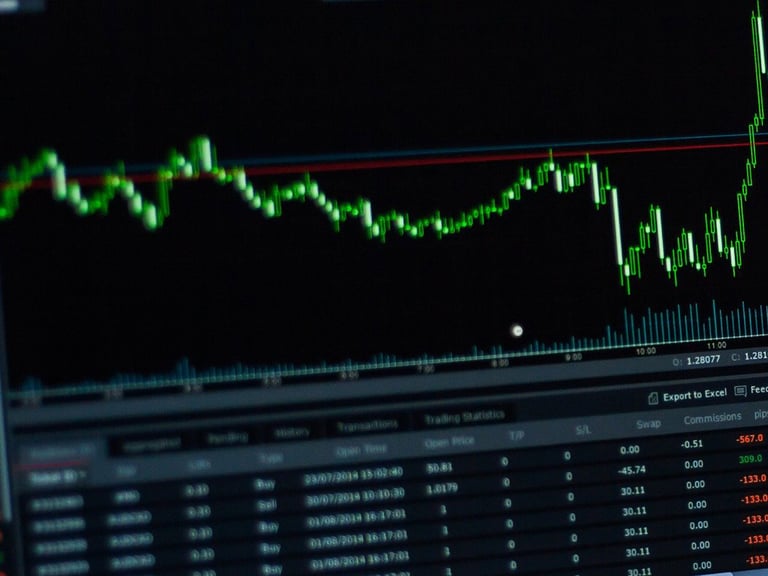Sherwin-Williams Company (NYSE: SHW) stands as a formidable player in the specialty chemicals industry, with a significant market capitalization of $82.98 billion. Known for its extensive range of paint, coatings, and related products, Sherwin-Williams caters to a diverse clientele, spanning professional, industrial, commercial, and retail markets. With operations extending across the Americas, the Caribbean, Europe, Asia, and Australia, the company has cemented its reputation as a global leader since its inception in 1866.
The current stock price of Sherwin-Williams is $329.91, reflecting a slight dip of 0.02% from its previous trading session. Despite the recent dip, the stock’s 52-week range, from $291.95 to $399.71, indicates a strong performance over the past year. Moreover, the average target price set by analysts is $376.28, suggesting a potential upside of 14.06% for investors. This optimistic outlook may appeal to those seeking growth opportunities within the basic materials sector.
Analyzing the company’s valuation metrics presents a mixed picture. While the forward P/E ratio stands at a reasonable 24.38, other key metrics such as the trailing P/E ratio, PEG ratio, and price-to-book ratio are currently unavailable. This lack of comprehensive valuation data may pose challenges for investors trying to assess the stock’s intrinsic value, yet the available figures suggest a company positioned for growth, albeit requiring a closer examination of its financial health.
Sherwin-Williams’ performance metrics showcase a modest revenue growth of 0.90%, with the company generating an impressive earnings per share (EPS) of 10.56. Notably, the return on equity (ROE) is an outstanding 69.05%, underscoring the company’s efficiency in generating profits from shareholders’ equity. Furthermore, the free cash flow of approximately $1.92 billion highlights its robust liquidity position, enabling potential reinvestment into business operations or shareholder returns.
For income-focused investors, Sherwin-Williams offers a dividend yield of 0.95%, coupled with a conservative payout ratio of 27.11%. This suggests a sustainable dividend policy, allowing for future growth while providing a steady income stream to shareholders. The dividend yield, though not the highest, aligns with the company’s strategy of balancing growth with shareholder returns.
A closer inspection of the stock’s technical indicators reveals a potential buying opportunity. The relative strength index (RSI) of 30.44 indicates that the stock is currently oversold, which could attract value-oriented investors. However, the moving averages, with the 50-day and 200-day averages sitting at $349.30 and $355.72 respectively, suggest that the stock is currently trading below these benchmarks, signaling potential resistance levels ahead. Additionally, the MACD and Signal Line figures, both in negative territory, warrant cautious optimism, suggesting that investors should monitor upcoming market trends closely.
Analyst ratings for Sherwin-Williams present a mixed sentiment, with 15 buy ratings, 12 hold ratings, and 2 sell ratings. This diversity in opinions underscores the importance of thorough research and consideration of market dynamics before making investment decisions.
In the realm of specialty chemicals, Sherwin-Williams continues to be a compelling choice for investors. Its established brand, coupled with a global reach and innovative product offerings, provides a solid foundation for sustained growth. While potential investors should remain mindful of the broader economic landscape and market volatility, the company’s impressive potential upside, combined with its operational strengths, positions it as a noteworthy contender in any diversified portfolio.







































